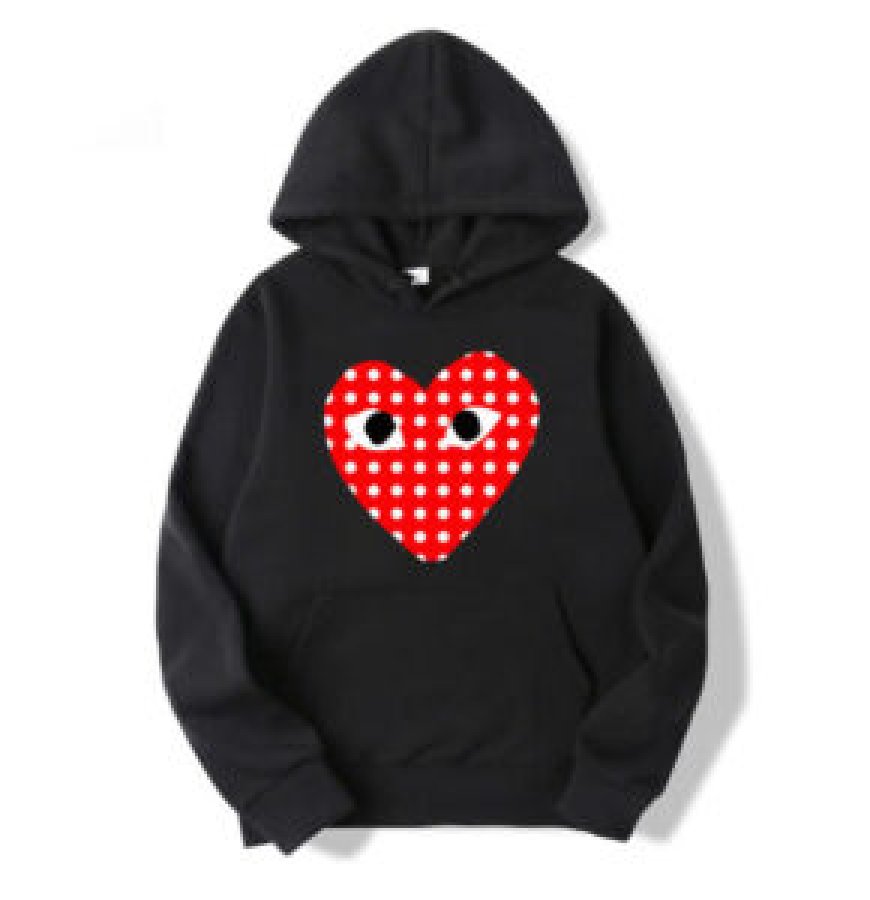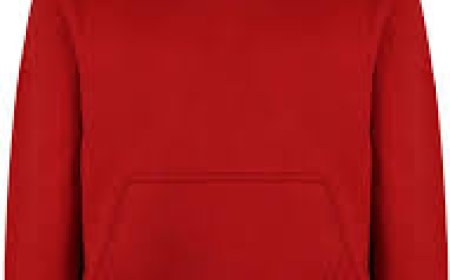Beauty is Ugly: The Subversive Appeal of Comme des Garçons Aesthetic

In a fashion world often obsessed with sleek silhouettes, symmetrical faces, and the ephemeral gloss of perfection, Comme des Garons has built a legacy on being defiantly different. Since its inception in Tokyo in 1969 by designer Rei Kawakubo, Comme Des Garconsthe brand has systematically dismantled traditional notions of beauty, femininity, and taste. Through intentionally awkward tailoring, asymmetrical constructions, and a color palette often dominated by black, Comme des Garons has subverted what the fashion industry typically celebrates. And in doing so, it has crafted an aesthetic where beauty is not in the conventional, but in the challengingwhere beauty is, paradoxically, ugly.
The Philosophy of Anti-Fashion
To understand the Comme des Garons aesthetic is to understand its philosophy of anti-fashion. From the start, Kawakubo was never interested in fitting in. Her earliest collections in Paris during the early 1980soften referred to as the Hiroshima chic erawere met with confusion and even derision. Models wore tattered garments, often in shades of charcoal and black, with holes that seemed more like battle scars than fashion details. Critics were initially appalled. The clothes looked unfinished. The fabrics hung heavily. The silhouettes distorted the body rather than flattering it.
But Kawakubo wasnt aiming to please. She was challenging the viewer. What if beauty didn't have to look perfect? What if a garment's purpose wasn't to conform to the body, but to question the bodys centrality in fashion at all? What if fashion could be about emotion, contradiction, discomforteven provocation?
These questions formed the core of the Comme des Garons ethos. It was not fashion in the commercial sense. It was fashion as conceptual art. In this radical reframing, ugliness became not a flaw, but a toola language through which to critique the homogeny of beauty.
Disfigurement as Design
One of the most striking elements of the Comme des Garons aesthetic is its use of disfigurement. Many of the labels most iconic pieces do not follow the rules of classic tailoring. Shoulders are padded and ballooned. Dresses erupt in bulbous forms that obscure the human figure. Sleeves appear misplaced or absent altogether. There are gaping holes, mismatched seams, and an overall sense of intentional wrongness.
Take, for instance, the infamous Spring/Summer 1997 Body Meets Dress, Dress Meets Body collection. Nicknamed the Lumps and Bumps collection by critics, the garments were padded in strange areaships, stomach, backto create grotesque silhouettes. The result was a confrontation with the idea of beauty itself. These were not clothes designed to enhance the female form in the way a Dior New Look cinches the waist. They were clothes that obliterated the form and forced the audience to look again, harder, deeper.
By altering and mutating the human shape, Kawakubo asked us to reflect on why we find certain proportions pleasing and others unsettling. Her work didn't just disrupt fashionit disrupted psychology.
Fashion as Rebellion
Comme des Garons isnt merely about aesthetics; its about rebellion. The brand refuses categorization and evades trends. In an industry where most houses are expected to evolve seasonally with predictable rhythms, Kawakubo has maintained a startling level of autonomy. Some seasons feature no traditional garments at alljust sculptural installations paraded down the runway. At times, the collection is unwearable in the literal sense. And that is exactly the point.
This rebellion is not limited to clothing. Comme des Garons retail spaces, often designed in stark industrial styles or futuristic curves, challenge the conventional luxury store model. Its advertising campaigns frequently avoid showing the clothes entirely. Even the very branding of the companythe choice of a French name meaning like the boysreflects a conscious departure from the expected, from the gendered, from the marketable.
In this ecosystem of rejection and revision, ugliness becomes a form of power. Its an act of resistance against the commodification of beauty. By refusing to conform to dominant aesthetics, Comme des Garons reclaims control from an industry that too often dictates what beauty must be.
The Cultural Impact
The aesthetic of Comme des Garons has rippled far beyond fashion circles. It has influenced artists, architects, musicians, and filmmakers. The brands collaborationswith everyone from Nike to Supreme to conceptual artist Cindy Shermanhave always carried a sense of tension, often pushing mainstream audiences to consider unfamiliar forms.
Moreover, the brands reach has expanded through its many lines, including Play (featuring the iconic heart-with-eyes logo) and Homme Plus, allowing a new generation to explore its aesthetic in more accessible ways. But even when diluted for broader markets, the core philosophy remains intact: subversion, challenge, and discomfort as paths to authenticity.
Comme des Garons has also opened space for other designers to follow suit. The success of labels like Vetements, Rick Owens, and Maison Margiela can be partially attributed to the trail Kawakubo blazedone where irregularity, conceptualism, and defiance are not only accepted but celebrated.
Rei Kawakubo: The Woman Behind the Vision
To write about Comme des Garons without mentioning Rei Kawakubo is to miss the soul of the story. Often described as enigmatic, Kawakubo rarely speaks to the press and refuses to explain her work. She has said, I want to create something new, not just for the sake of it, but to make people think, to shift perspectives.
Kawakubo sees clothing as a medium of expressionone that can communicate loss, grief, resistance, and transformation. Her work consistently embraces dualities: beauty and ugliness, strength and fragility, creation and destruction. In refusing to define her work, she invites viewers to draw their own meanings. It is this refusalthis deliberate ambiguitythat makes her work endlessly compelling.
Redefining Beauty, One Stitch at a Time
In a world overwhelmed by airbrushed perfection and curated realities, the rawness of Comme des Garons feels not only revolutionary but necessary. Comme Des Garcons Hoodie It reminds us that beauty is not a fixed idea, but a shifting, unstable concept deeply influenced by culture, context, and capitalism.
When we say beauty is ugly in the context of Comme des Garons, were not suggesting a reversal of standards. We are instead proposing an expansion of them. We are advocating for a world where distortion can be delicate, where asymmetry can be poetic, and where fashion can be more than adornmentit can be argument, inquiry, disruption.
In every hem left unfinished, in every silhouette that challenges the eye, Comme des Garons teaches us to look beyond the surface. In the world Kawakubo has built, ugliness is not the opposite of beautyit is beauty, reimagined.
























